Aug 05, 2025
Author:Lisa Martinez
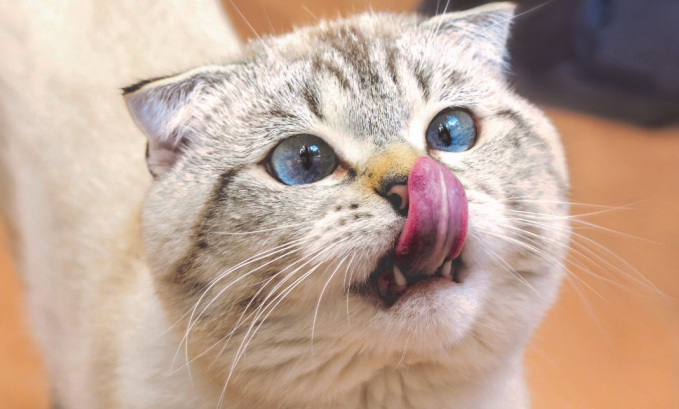
Your cat sleeps a lot. That’s normal, right? But what if it’s not? What if that nap-heavy behavior isn’t laziness—but something else? Something quieter. Slower. Something that builds up without any real drama. That’s what makes anemia tricky. It doesn’t shout. It doesn’t flash. It fades.
What follows isn’t a lecture—it’s what you’ll actually need. What to notice. What’s happening inside? What to do before it tips from subtle to serious.
● What anemia means for your cat and how it develops
● Early warning signs most people miss
● Treatment that works—and support that matters
Feeling unsure about what’s normal and what’s not? Good. You should. Keep going. This could clear things up.
Here’s the simple version. Anemia = not enough healthy red blood cells. These cells carry oxygen. Less oxygen? Less energy. Less healing. Slower everything.
Bone marrow makes red blood cells. They have a lifespan. Eventually, they break down. Then the body replaces them. All good—until it isn’t. When red cells vanish faster than they’re made? That’s anemia. But the cause? That varies. Big time.
The name’s the same, but the mechanics underneath? Not even close.
1. Regenerative anemia: The body’s trying, hard. But it can’t catch up. Blood is being lost, or cells are getting destroyed. Sometimes both.
2. Non-regenerative anemia: The factory’s slow. Bone marrow doesn’t produce enough. That usually points to a deeper issue—long-term illness, organ trouble, or marrow failure.
Different issues. Different outcomes. One label. That’s why understanding the type matters more than most people think.
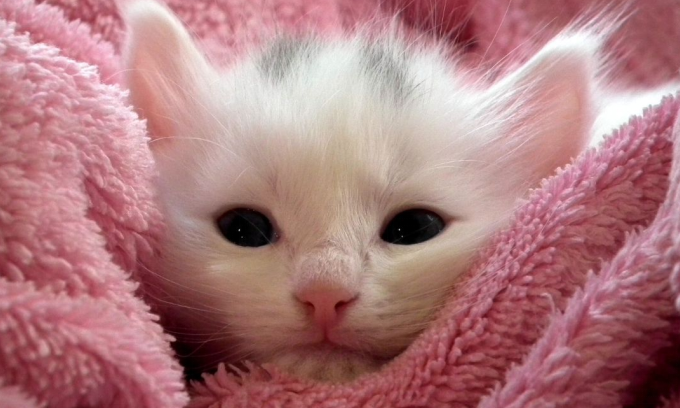
Once you know what it is, the obvious question follows: why? It usually comes down to one of three breakdowns.
You’d think you’d notice blood loss. But with cats? Not always.
● Fights, wounds, or physical trauma
● Surgery that didn’t heal perfectly
● Fleas or ticks slowly drain them
● Tumors or ulcers bleeding internally
Even small leaks add up. Quiet blood loss is more common than you’d guess.
Sometimes the body turns against itself. It sees red blood cells as intruders—and wipes them out.
● Autoimmune diseases
● Reactions to medications or toxins
● Infections like FeLV or blood-borne parasites
If destruction moves faster than production, you get a sudden drop. Cats can go downhill fast.
Then there’s the issue of production. Or lack of it.
● Kidney disease stops red-cell-boosting hormones
● Certain cancers attack the marrow directly
● A diet short on iron or key vitamins
● Inflammation from chronic illness wears it down over time
Every cause sets off its own chain reaction. Which one applies? That’s for diagnostics to sort out. Guessing here won’t work.
It rarely looks dramatic. That’s what throws people. Cats don’t scream. They don’t stagger in front of you. They just... change. Slowly. Quietly.
Spotting anemia early means watching for the small stuff. The quiet shifts.
You don’t need a medical degree. But you do need to watch.
● Gums that look pale instead of healthy pink
● Shallow, fast breathing, even when calm
● Cold ears or paws
● A dull coat—or sudden weight loss
Behavior counts too. Cats talk with actions. You’ve seen that.
● Sleeping way more than usual
● Avoiding interaction
● Turning down food, even the good stuff
Each one on its own? Maybe nothing. But together? They say something.
No tests needed yet. Observation works. You know your cat better than anyone.
|
What You’re Watching |
What Changes Look Like |
|
Gum color |
Was pink, now pale or whitish |
|
Daily energy |
Less play, more sleep, slower movement |
|
Eating habits |
Missed meals, zero excitement for food |
|
Breathing |
Too fast, even when resting |
|
Grooming behavior |
Matted fur, greasy coat, no grooming |
Log symptoms. Even casually. You’ll thank yourself later if the vet needs specifics.
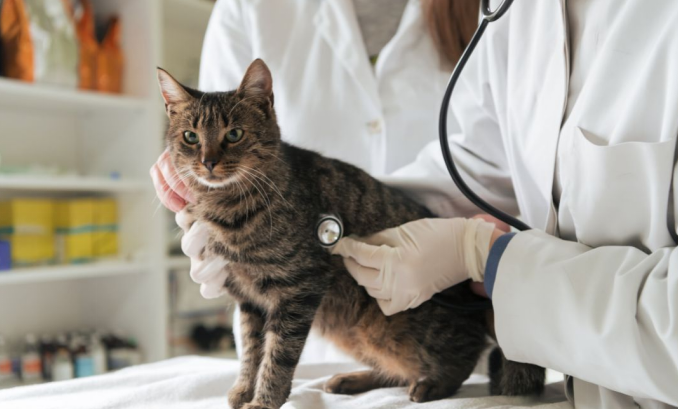
You can guess all day. But confirming anemia? That’s a job for diagnostics. The good news? It’s not guesswork.
First step is bloodwork—CBC, to be exact. It tells them if red cells are low. It also shows whether the body’s trying to fix it or failing to respond.
More tools may come into play:
● Blood smear—what the cells look like
● Reticulocyte count—how many new cells are being made
● Organ function tests
● Imagine if internal bleeding’s a concern
● Bone marrow testing in long-term or unclear cases
Each piece adds clarity. Together, they give a full picture.
There’s no single fix. What helps depends entirely on what’s causing it.
○ Control the bleeding
○ Fix the cause (tumors, ulcers, parasites)
○ Iron therapy, if needed
○ Suppress the immune response
○ Treat underlying infection
○ Transfuse blood if the drop is severe
○ Treat organ problems
○ Use synthetic hormones
○ Add missing nutrients
Nothing here is generic. Everything depends on what’s found. And how fast you act.
Getting better doesn’t mean all better. It’s not instant. Structure matters. Your role at home? Big.
Keep it consistent. That’s the goal. Let the body recover without surprise shifts.
● Feed regularly. Don’t skip. Don’t overdo.
● Cut back on wild activity for a while
● Quiet spaces. Fewer interruptions.
Feeding struggles? Very common during recovery. A tool like the WOpet Heritage View Automatic Pet Feeder helps regulate portions, track meals, and let you check in without hovering. Especially useful when you’re out but want peace of mind. Two-way audio? That’s a bonus if your cat needs the sound of your voice.
![WOpet Heritage View Automatic Pet Feeder with Camera [Dual Bowls]](https://wopet.com/uploads/admin/image/20250607/6c267b1c5bcd4b67d213724d1ecb0455.jpg)
When You Can’t Wait It Out
Not everything should be managed at home. Some symptoms are red flags, full stop.
● Sudden collapse
● Gums that pale out again
● Breathing that gets worse instead of better
● Refusing food two days in a row
Don’t wait for things to spiral. If it feels off, it probably is.
Anemia Doesn’t Wait—And Neither Should You
It’s not always obvious. But if you know what to track—and when to act—you’re already ahead. That confidence? It builds when you stay informed.
Here’s the short version:
● Red blood cells matter more than you’d guess
● Causes vary—blood loss, destruction, or slow production
● Symptoms are subtle until they’re not
● Diagnosis is science, not speculation
● Recovery depends on consistency, not guesswork
The WOpet Pioneer Plus Smart Feeder makes that consistency easier to stick with. Scheduled meals. Check-ins from your phone. Interaction that doesn’t wake the whole house. During recovery, structure isn’t optional. It’s the difference between progress and backsliding.
Label:
Popular Post

What to Feed a Sick Dog With No Appetite? [2025 Guide]
May 16, 2023
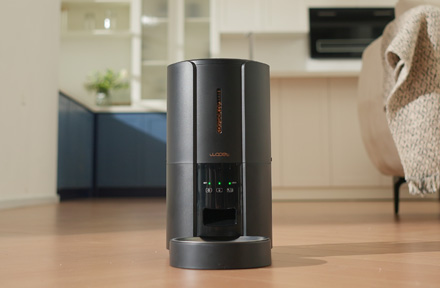
Troubleshooting Common Issues with Automatic Pet Feeders: Tips & Tricks for Pet Owners
Oct 26, 2023
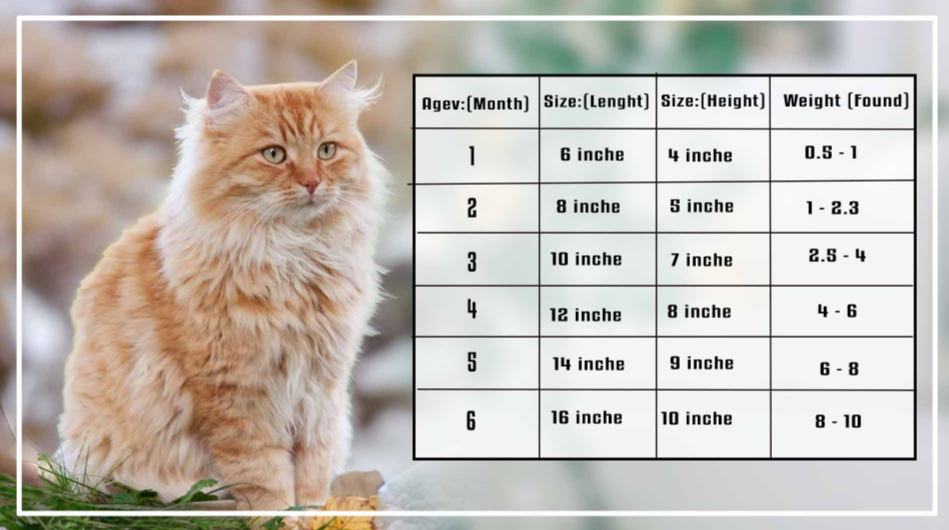
What is a standard Cat Weight chart by age Kg?
Mar 19, 2025
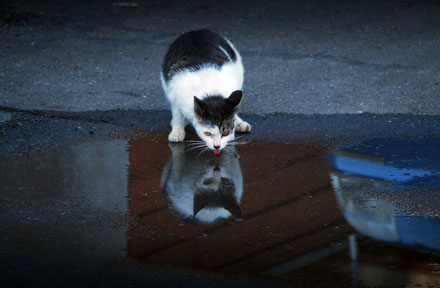
Why Does My Cat Cough After Drinking Water? 8 Potential Reasons
Mar 13, 2023
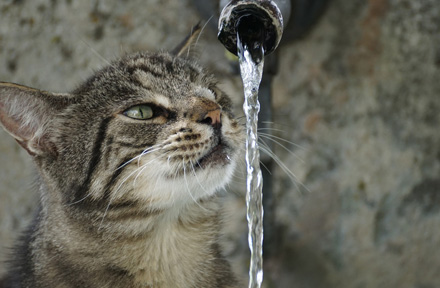
Why is My Cat Throwing up Water? Top 5 Causes Here
Feb 08, 2023
$109.99
$129.99
Copyright © 2025 WOPET. All Rights Reserved.